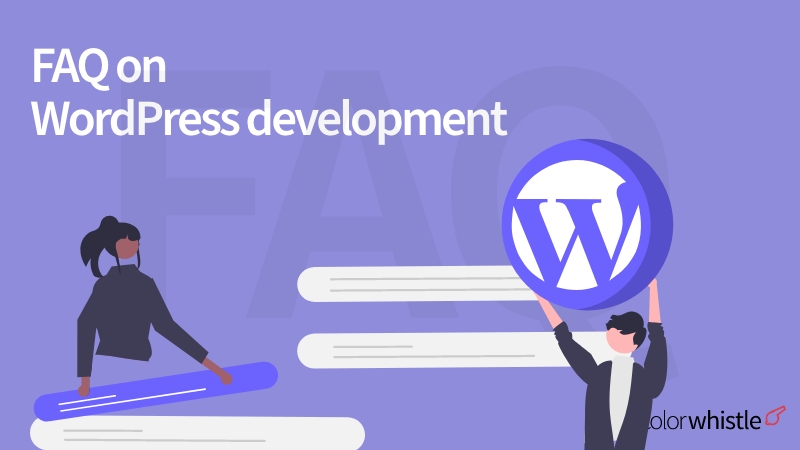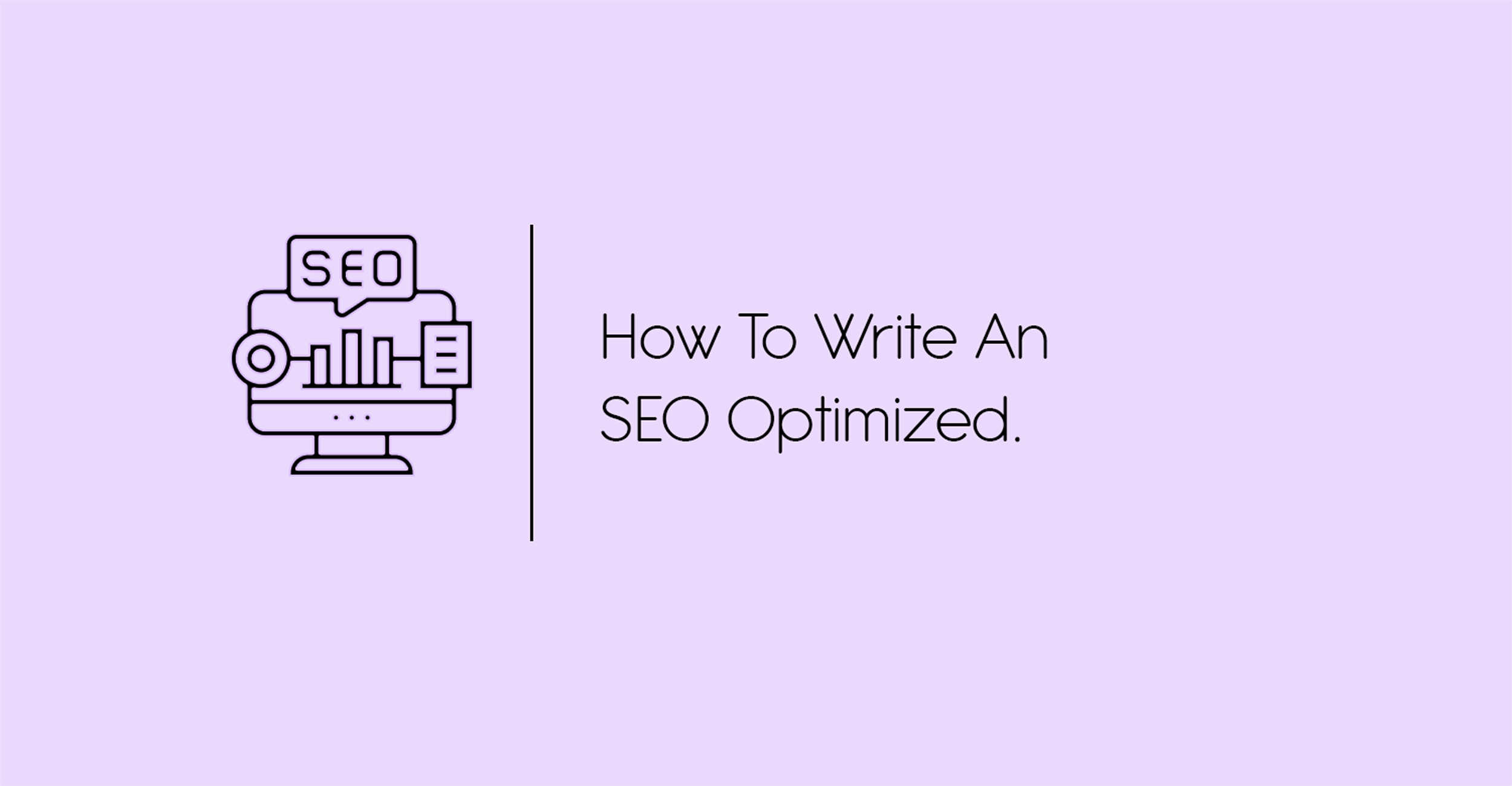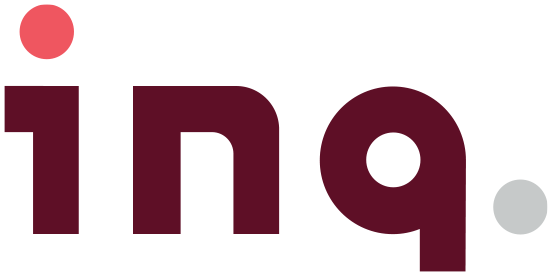Have you ever been hacked before? It feels terrible, doesn’t it? You feel violated and your data has been compromised. This can happen to anyone who runs a WordPress site. Luckily, there are several steps you can take to prevent future attacks from happening again.
In this blog post, we’ll explore the top ways for you to hack-proof your WordPress site in 2022. The following methods are tried and true and can help you prepare for when hackers inevitably come knocking.
Keep Your Software Updated

Software updates are essential because they contain the latest and greatest features, as well as fixes for security vulnerabilities when they come up. By keeping your software up to date, you’ll have a much higher chance of not being hacked.
Additionally, you should also make sure to update your WordPress site itself on a regular basis. The newest version of WordPress is always the most secure and can help protect your site from malicious scripts that could potentially be running within your site.
Install a Strong Password
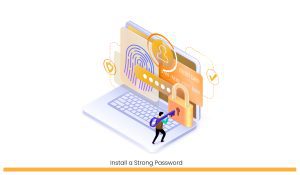 First and foremost, install a strong password. You’ll often be asked to use your email address and a password when you register for WordPress or update the system. You should make your passwords as complicated as possible, with lots of numbers, uppercase letters, and special characters. This will make it harder for hackers to hack into your site.
First and foremost, install a strong password. You’ll often be asked to use your email address and a password when you register for WordPress or update the system. You should make your passwords as complicated as possible, with lots of numbers, uppercase letters, and special characters. This will make it harder for hackers to hack into your site.
Another tip is to periodically change your password. Don’t be afraid if you forget it once in a while because you can reset your password from the login screen. If you remember that an account might have been hacked years ago, update your account information immediately before someone else does so.
Use WordPress Security Plugins
 One of the easiest ways to hack-proof your site is by using a WordPress security plugin. This is an essential tool for anyone who runs a site on WordPress.
One of the easiest ways to hack-proof your site is by using a WordPress security plugin. This is an essential tool for anyone who runs a site on WordPress.
When you install this plugin, it will scan your entire system for vulnerabilities and holes in your website’s security. If it finds any, it will notify you about what needs to be fixed and how to do it.
These plugins can also be configured so that they automatically fix the issues as well. They typically cost about $60 a year but can save you from losing precious data or being hacked.
Make Yourself an Admin
 You might be wondering, why would I want to make myself an admin? Well, if you’re hacked, it will become a lot easier for them to gain access to your site. If you don’t give yourself the power to edit and delete files, they won’t have any way of getting in.
You might be wondering, why would I want to make myself an admin? Well, if you’re hacked, it will become a lot easier for them to gain access to your site. If you don’t give yourself the power to edit and delete files, they won’t have any way of getting in.
Check for Malware and Viruses
 One of the most important things you can do to prevent your WordPress site from being hacked is to keep it free of malware and viruses. This means regularly checking for new threats, installing security plugins, staying up-to-date with the latest versions, and performing regular backups.
One of the most important things you can do to prevent your WordPress site from being hacked is to keep it free of malware and viruses. This means regularly checking for new threats, installing security plugins, staying up-to-date with the latest versions, and performing regular backups.
When it comes to securing your site from malware and viruses, there are two main types you need to be aware of: malicious scripts, which are executed in the browser by using a script tag in a post or page, or through programs that run on the server; and cross-site scripting (XSS) attacks, which occur when someone creates an injection that injects malicious code into your application or website.
Malicious scripts can be avoided by keeping your site updated and by running anti-virus software on your computer. XSS attacks can be prevented by adding security headers to HTTP responses and configuring our servers to disallow double encoding in text data fields.
Back Up Your Data Regularly
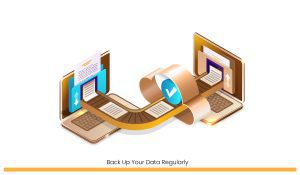 The first thing you should do to protect your WordPress site is back up your data. A lot people don’t think about their data until it’s gone, but the truth is that data loss can happen to anyone. This can be a result of hacking, natural disasters, or anything else. Backing up your data on a regular basis ensures that you have a copy of all of your files in one safe place. The best time-frame for backing up files is once a week, as this gives you enough time to recover if something happens and you need to restore from backup.
The first thing you should do to protect your WordPress site is back up your data. A lot people don’t think about their data until it’s gone, but the truth is that data loss can happen to anyone. This can be a result of hacking, natural disasters, or anything else. Backing up your data on a regular basis ensures that you have a copy of all of your files in one safe place. The best time-frame for backing up files is once a week, as this gives you enough time to recover if something happens and you need to restore from backup.
The following methods are tried and true and can help you prepare for when hackers inevitably come knocking:
Update Your Theme and Plugins

The first thing you should do is ensure that your WordPress site has a security-enhanced theme and plugins. Hackers are always finding new ways to break into websites, so it’s important to stay on top of the latest security updates. You can also make your site more secure by using two factor authentication.
To stay safe, update your site with the newest versions of WordPress, themes, and plugins as soon as they come out. This will help minimize vulnerabilities in your website’s code—one of the most common targets for hackers. As an added measure, you can also use a plugin that monitors your site for malware and viruses (like WordFence) or find another proactive solution like Sucuri SiteCheck Malware Removal. Remember: keep your site updated with new versions of WordPress and its features to increase its security!
Change Your Username and Password
Most people create a username and password for their account on the internet, which is why it’s important to change this often. For example, if you have an outdated username and password hackers can easily get into your site. All of the hacker’s energy will be wasted because they won’t be able to access your account with these codes.
Create a Strong Username
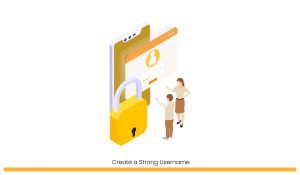
It sounds simple enough, but you would be surprised how many people don’t take this step. When you create your username, use a combination of numbers and letters. This will make it more difficult for hackers to break into your account. A username like “123456” or “password” is an easy target for hackers so make sure you avoid those types of usernames.
Create Different Usernames for Different Purposes

This is one of the simplest and most effective ways to protect your WordPress site from hackers. When you create a username, make it so that it cannot be guessed. This will help keep your personal data safe.
For example, if your name is John Doe, then you may want to use an email address like [email protected] instead of [email protected]. This way, even if someone were able to guess your username, they would not know if the account was for work or personal use.
Also remember to change the password for each account!




